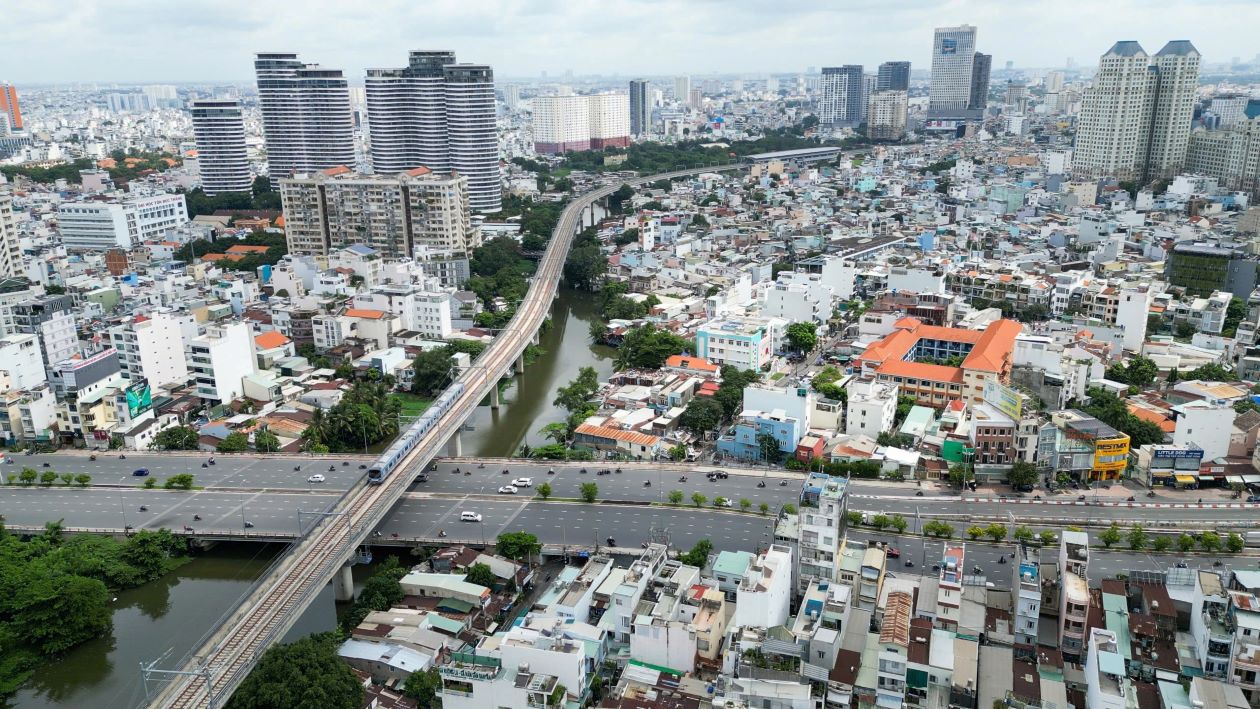HCMC – The Vietnamese Government has proposed allowing HCMC and Danang to keep 100% of revenues generated from land development tied to transit-oriented development (TOD) zones, with the funds earmarked for urban rail and transport projects.
The Standing Committee of the National Assembly discussed the draft resolution on November 24. The document outlines several revised special mechanisms for the two cities.
Under the proposal, both cities would retain all income from exploiting TOD land funds—areas planned around public transport hubs with higher population density and greater land-use efficiency. Although TOD is widely adopted internationally, the model remains limited in Vietnam.
The Government also recommends permitting the use of the city budget or investor capital to cover land clearance and resettlement costs for local rail projects developed under the TOD model.
HCMC plans to build around 355 kilometers of metro lines over the next decade and will apply TOD at 11 station areas. Between 2025 and 2026, the city will begin with nine sites connected to three major projects: Metro Line 1, Metro Line 2, and the Beltway No. 3.
Hoang Thanh Tung, chairman of the NA Committee for Legal and Judicial Affairs, said the proposal aligns with the Railway Law, which already allows such revenue retention. Current budget regulations permit local governments to keep only 80% of these revenues.
For Danang, the Government proposes a customized TOD framework to better utilize public land resources and expand development toward the city’s southern area.
In HCMC, the draft also includes provisions allowing housing, commercial services, and public facilities to be integrated into station areas, depots, and intersections along the Ring Road No. 3 corridor. The goal is to improve land-use efficiency and strengthen public transport demand.
During review, Phan Van Mai, chairman of the National Assembly’s Economic and Financial Committee, supported expanding these mechanisms for HCMC but urged consistency with related laws and resolutions to prevent implementation conflicts. The committee also requested clearer land-use plans, oversight mechanisms, and evaluation tools to manage risks such as land-price spikes in TOD zones.
Regarding the proposal to allow the two cities to retain all TOD-related revenues, the committee said this might not need to be included in the resolution since it is already stipulated in the Railway Law. The allocation of funding for local rail projects remains under the authority of the respective People’s Councils.









